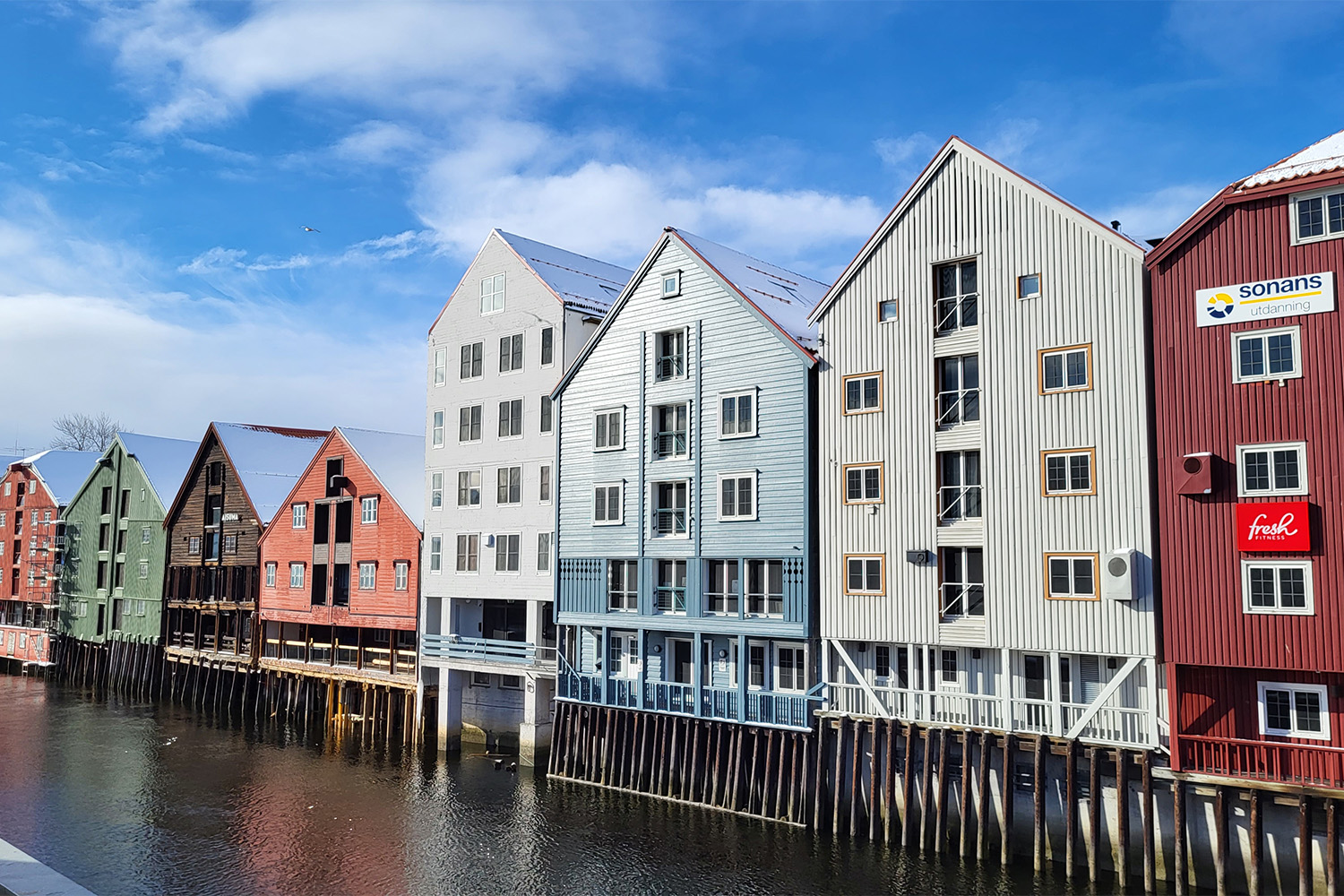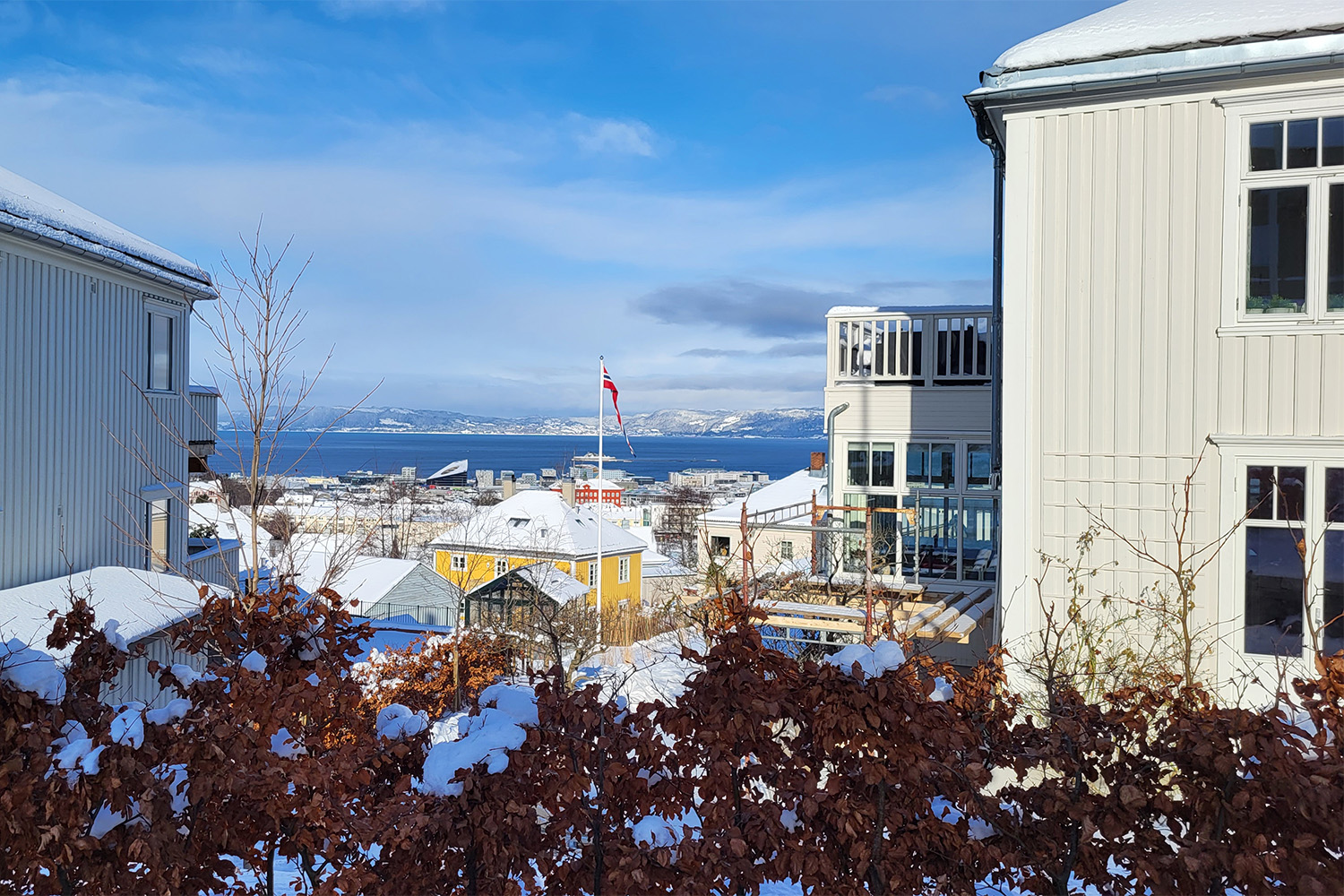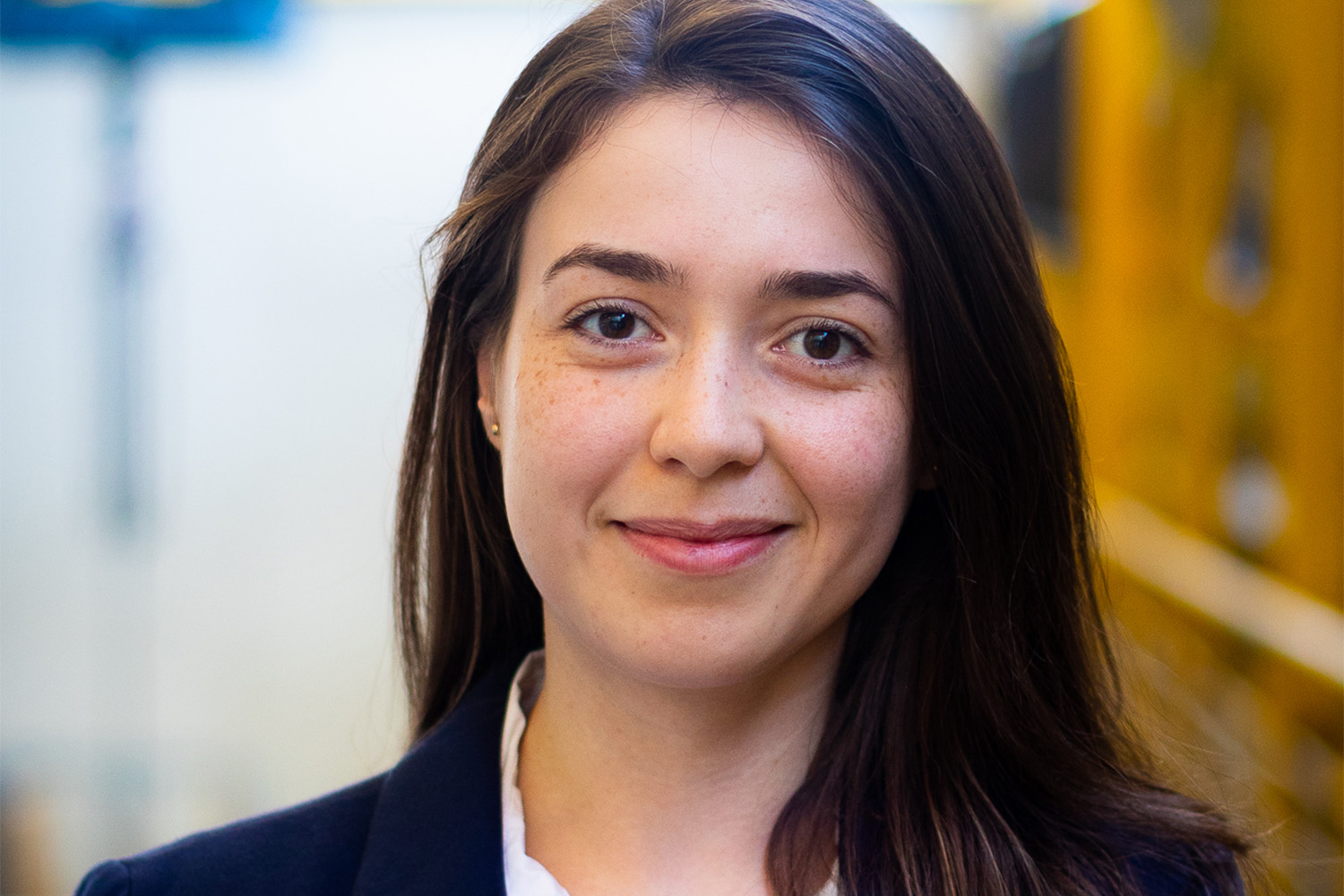Fresh Ideas in Norway Gabriela Ventura Silva was a visiting researcher in Trondheim
The production of battery cells partly consists of very energy-intensive processes. Since the demand for batteries and the number of production sites worldwide will increase, it is necessary to reduce energy consumption in battery cell production. Energy models for so-called gigafactories can be used to investigate the influences of processes and technologies on energy consumption. Gabriela Ventura Silva is researching this at the Institute of Machine Tools and Production Technology. Here she reports on her experiences during her research stay at the Norwegian University of Science and Technology in Trondheim.

Main building of the Norwegian University of Science and Technology (NTNU). Photo credit: Gabriela Ventura Silva/TU Braunschweig
Mrs Ventura Silva, when were you in Trondheim?
I was in Trondheim from February to April this year. Coming from Brazil, I wanted to experience the Norwegian winter. At this time, the days are getting longer again and there is still a lot of snow.
You were in Norway as part of a research project. What was that about?
NorGiBatF is a research project funded by the Norwegian Research Council and carried out by Norwegian research institutions, industrial partners and the Institute for Machine Tools and Production Technology (IWF) at TU Braunschweig. The aim of the project is to reduce production-related emissions and to build up know-how and competence in the field of energy efficiency for the production of battery cells on a giga-scale in Norway.
As part of the project, the IMF is developing a platform for modelling different production scales as well as alternative processes and materials. In addition, life cycle analyses are being carried out to investigate the effects of different strategies for reducing energy consumption in production.

Bakklandet: Neighbourhood with traditional Norwegian architecture and small shops and cafés. Photo credit: Gabriela Ventura Silva/TU Braunschweig
What experiences did you have in Norway?
For me, the biggest difference between Norway and Germany was the importance of sports and outdoor activities in everyday life. There is a quote that says Norwegians were born with skis and that is true. Skiing or doing sports is not just for holidays or weekends, but something you do every day and it is also supported by the department, for example with free skiing courses for doctoral students.
What was the general aim of the exchange?
One of the aims of my stay was to strengthen cooperation and knowledge sharing within the project. As I had on-site meetings with other project partners, we were also able to identify new cooperation opportunities and ideas beyond the project. Something like this would probably not be possible via online meetings. Furthermore, personal and academic development through intercultural exchange was also a personal goal.

View of the city of Trondheim and the fjords. Photo credit: Gabriela Ventura Silva/TU Braunschweig
How did the experience abroad help you?
The exchange was definitely important for my research and scientific development. Although the institutes involved in the project work on similar topics, the methods and goals applied are often different. It was therefore interesting to gain other perspectives and learn new approaches. It was also exciting to experience everyday life at a Norwegian university. Through this experience, I got many fresh ideas that I could implement in my everyday research and institute life.
What does the future cooperation between the two universities look like?

Gabriela Ventura Silva. Photo credit: TU Braunschweig
The project will run until 2024 and within its framework, scientific exchange between scientists and students will continue to be possible. In addition, there is an ongoing cooperation between the Department of Energy and Process Engineering, the Institute of Machine Tools and Production Technology and the Fraunhofer IST to develop a framework that integrates models of the different processes involved in the production and use of batteries with life cycle analyses in an automated and consistent way.
